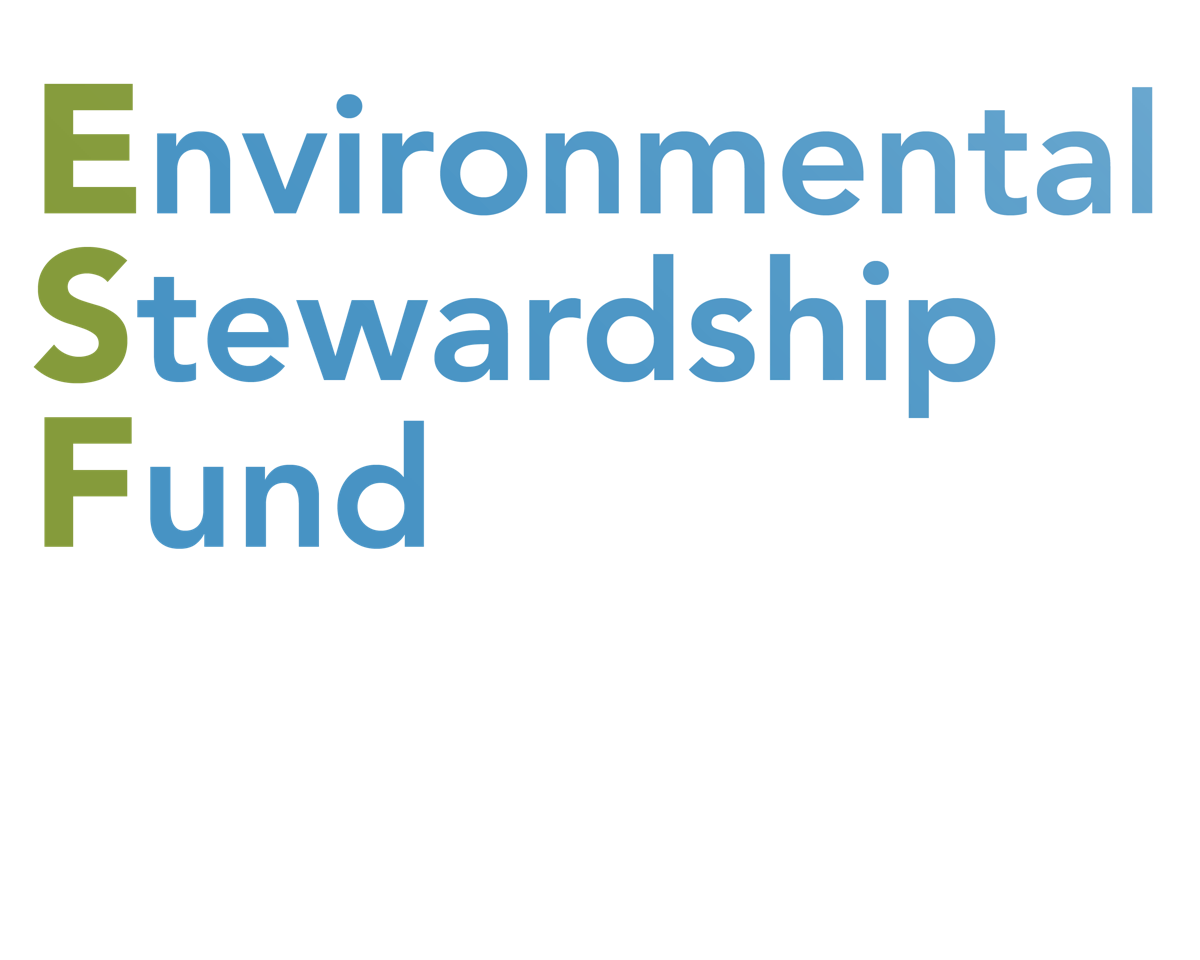Interstate Natural Gas Storage and Transport
Background
The U.S. natural gas pipeline network is a highly integrated transmission and distribution grid that can transport natural gas to and from nearly any location in the lower 48 States.

Oversight
In April 1992, the Federal Energy Regulatory Commission (FERC) issued its Order 636 and transformed the interstate natural gas transportation segment of the industry forever. Under it, interstate natural gas pipeline companies were required to restructure their operations by November 1993 and split-off any non-regulated merchant (sales) functions from their regulated transportation functions.
This requirement meant that interstate natural gas pipeline companies were allowed to only transport natural gas for their customers. The restructuring process and subsequent operations have been supervised closely by FERC and have led to extensive changes throughout the interstate natural gas transportation segment which have impacted other segments of the industry as well.
Almost all applications to FERC for interstate natural gas pipeline projects require some level of coordination with one or more other Federal agencies. For example, the Environmental Protection Agency assists FERC and/or State authorities in determining if the environmental aspects of a pipeline development project meet acceptable guidelines. FERC is also required to take the lead on the environmental reviews under the National Environmental Policy Act, the Endangered Species Act, the National Historic Preservation Act, and the Magnuson-Stevens Act.
Governing the safety standards, procedures, and actual development and expansion of any pipeline system is the job of the U.S. Department of Transportation’s Office of Pipeline Safety (OPS). A pipeline may not begin operations until a line, or line segment, has been certified safe by the OPS. The OPS retains jurisdiction for safety over the lifetime of the pipeline.
Most natural gas pipelines in the United States, including many in the intrastate segment as well, now only transport natural gas and no longer buy and sell it. Although interstate natural gas pipelines are no longer subject to as much regulation as before Order 636, many aspects of their operations and business practices, are still subject to regulatory oversight.
For example, FERC determines the rate-setting methods for interstate pipeline companies, sets rules for business practices, and has the sole responsibility for authorizing the siting, construction, and operations of interstate pipelines, natural gas storage fields, and liquefied natural gas (LNG) facilities.
Regulatory bodies have the authority to suspend some rules and regulations under specific circumstances, especially in response to emergency and disaster situations, placing needed projects on a regulatory fast-track.
Several laws and regulations impact the construction and operation of interstate natural gas pipelines. These include:
- Natural Gas Act of 1938
- National Environmental Policy Act of 1969
- Federal Water Pollution Control Act (“Clean Water Act”)
- Coastal Zone Management Act
- Endangered Species Act
- Clean Air Act
- National Historic Preservation Act
- The Pipeline Safety Improvement Act of 2002
- The Pipeline Inspection, Protection, Enforcement, and Safety Act of 2006
Source: U.S. Energy Information Administration
Pipeline Siting
When a pipeline company proposes a route or location for a new pipeline, FERC must examine the proposal and prepare an Environmental Impact Statement (EIS). The applicant must study alternative routes or locations to avoid or minimize damage to the environment. The Commission, interveners, or any commenter may also suggest alternatives and modifications to reduce the effects on buildings, fences, crops, water supplies, soil, vegetation, wildlife, air quality, noise, safety, landowner interests and more. The Commission staff’s Alternatives analysis will consider whether the pipeline can be placed near or within an existing pipeline, power line, highway or railroad right-of-way. Storage fields are usually located in depleted oil or natural gas production fields or in salt deposits. Therefore, their location is fixed by geologic conditions. However, the facilities needed to develop and use a storage field can be moved to some extent.
Proposed/Approved Pipeline Projects
Resources
U.S. Department of Energy. “U.S. Natural Gas Pipeline Network” (2009).
Federal Energy Regulatory Commission. “An Interstate Gas Facility on My Lands? What Do I Need to Know?” (2009).
Intrastate Natural Gas Storage and Transport (Gathering Lines)
A pipeline right-of-way is a strip of land over and around natural gas pipelines where some of the property owner’s legal rights have been granted to a pipeline operator. Aright-of-way agreement between the pipeline company and the property owner is also called an easement and is usually filed in the county Register & Recorders office with property deeds. Rights-of-ways and easements provide a permanent, limited interest in the land that enables the pipeline company to install, operate, test, inspect, repair, maintain, replace, and protect one or more pipelines within the designated easement. The agreement may vary the rights and widths of the right-of-way, but generally, thepipeline company’s rights-of-way extend 25 feet from each side of a pipeline unless special conditions exist.
Landowners negotiating a right-of-way easement on their property should be aware of thepipeline operator’s guidelines for property use and construction near natural gas pipelines and equipment. Generally, property owners are prohibited from installing any structures, storing anything that could be an obstruction, or planting trees or shrubs along the right-of-way. Unauthorized building or planting in the pipeline right-of-way is known as right-of-wayencroachment.
Payments to landowners for granting right of way easements can be quite variable betweenpipeline operators and from location to location. Most payments involve a set dollar amount per linear foot (or per ‘rod’ which is 16.5 feet). In Pennsylvania, easement agreements have ranged from less than $5.00 per linear foot to more than $25.00 per linear foot. Some pipeline operators will also offer a ‘signing bonus’ (a fixed dollar amount for signing an easement agreement) in addition to the payment per linear foot. Be sure to get the amount and terms of payments in writing before signing an easement agreement.
In Pennsylvania, eminent domain or right of condemnation generally only applies to transmission lines, or lines moving gas between two or more states (interstate pipelines).
Source: Penn State Cooperative Extension
Oil Storage and Transport
FERC has no jurisdiction over construction or maintenance of production wells, oil pipelines, refineries, or storage facilities. The Environmental Protection Agency has jurisdiction over oil spills. FERC’s responsibilities include:
- Regulation of rates and practices of oil pipeline companies engaged in interstate transportation;
- Establishment of equal service conditions to provide shippers with equal access to pipeline transportation; and
- Establishment of reasonable rates for transporting petroleum and petroleum products by pipeline.
The Oil Pollution Act (OPA) of 1990 streamlined and strengthened EPA’s ability to prevent and respond to catastrophic oil spills. A trust fund financed by a tax on oil is available to clean up spills when the responsible party is incapable or unwilling to do so. The OPA requires oil storage facilities and vessels to submit to the Federal government plans detailing how they will respond to large discharges.
History of Oil Pipeline Regulation (Federal Energy Regulatory Commission)






